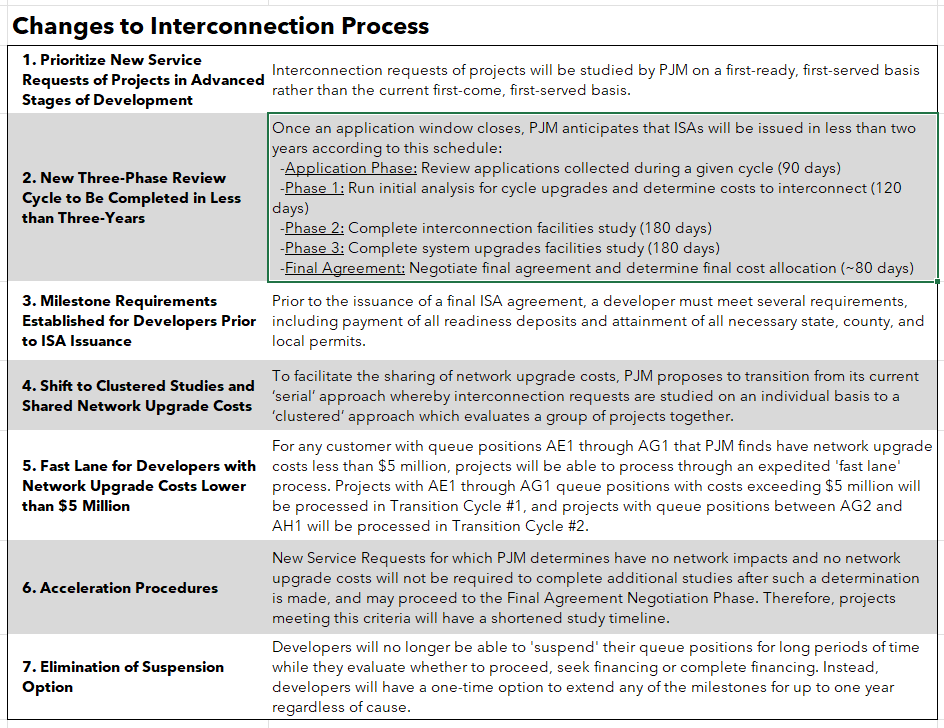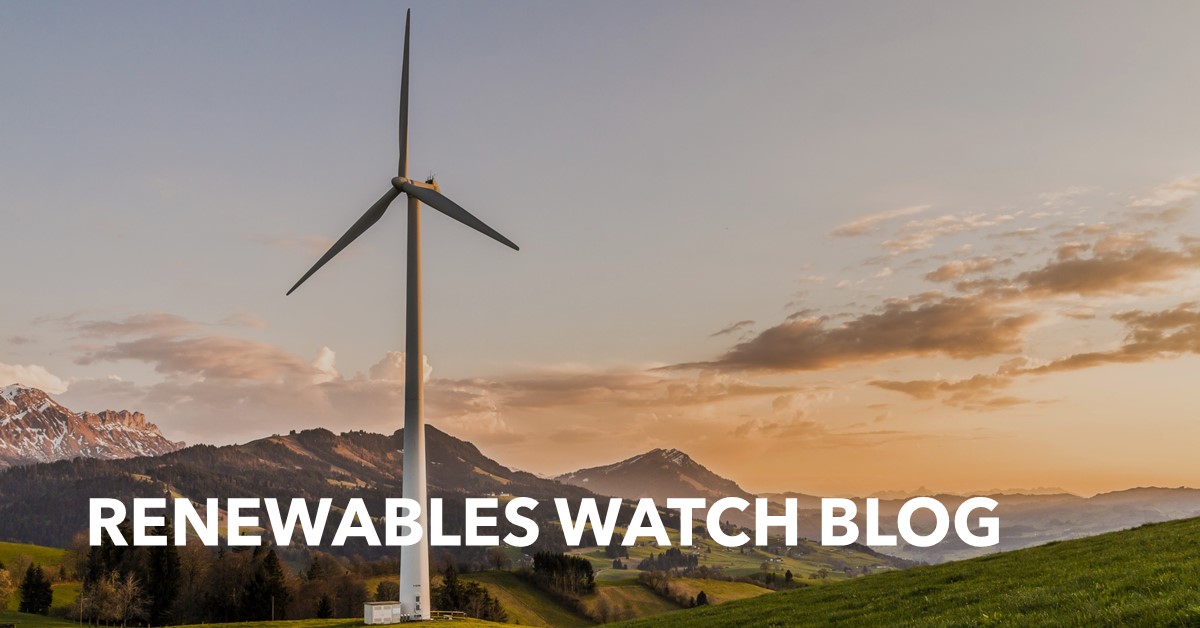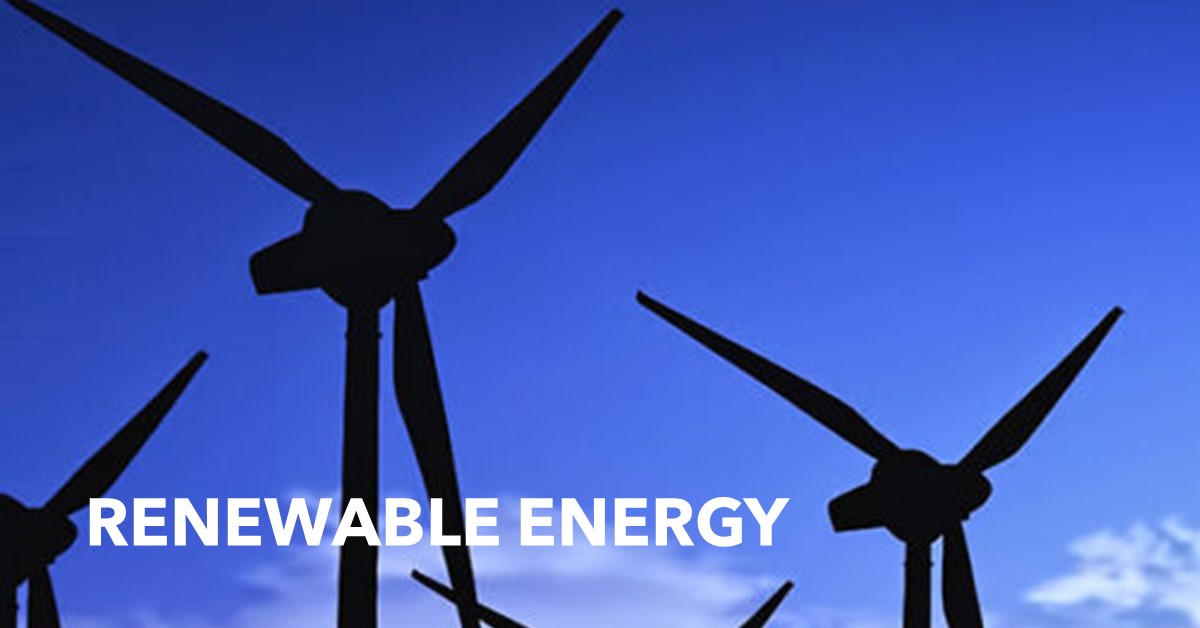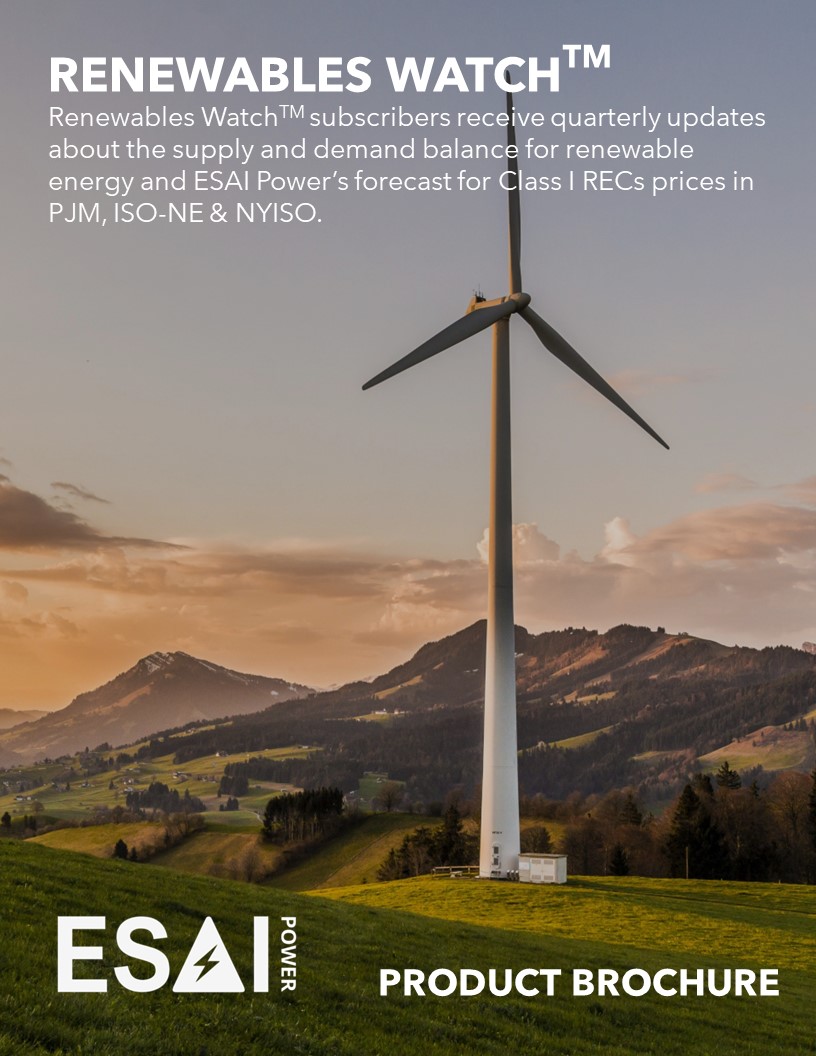FERC Approved PJM Queue Reform Proposal | Renewables Watch Blog
In our recent Renewables Watch Report, ESAI details both the new PJM Interconnection process, and discussed the potential implications of the changes outlined in this blog. At the end of last year, the Federal Energy Regulatory Commission (FERC) approved PJM’s June 2022 filing that proposed several changes to its process for studying New Service Requests from generators seeking Interconnection Service Agreements (ISAs) or Wholesale Market Participant Agreements (WMPAs). [1], [2]
These reforms are intended to address the significant backlog of generation projects with queue positions awaiting ISAs or WMPAs. As discussed in previous issues of Renewables WatchTM, this backlog has been compounded in recent years due to a surge in renewable projects entering the queue. With this approval, PJM will process New Service Requests under a “first-ready, first-served” approach going forward rather than its current “first-come, first-served” approach.
Projects without ISAs or WMPAs that hold queue positions AD2 or earlier will be studied under the existing procedures, and projects with queue positions between AE1 and AH1 without existing ISAs or WMPAs before the transition date to the new process will be studied under the fast lane mechanism or the Transition Cycle #1 and Transition Cycle #2 processes. Projects that do not yet have queue positions, will be studied in later cycles, with no new applications being processed until 2026. The transition date will be the later of January 3, 2023, or the date by which all requests with queue positions AD2 or earlier have been processed. In other words, the effective date is yet to be determined.[3]
Summary of Changes to the PJM Generator Interconnection Process
The table below provides an overview of the key changes to PJM’s generator interconnection process.

[1] FERC dockets ER22-2110-000 and ER22-2110-001
[2] Note that ISAs are executed with front-of-the meter resources, and WMPAs are executed with distributed resources. Since PJM’s distributed generation interconnection requests are on local distribution systems, they are removed from FERC jurisdiction. However, distributed resources can apply to take part in the wholesale transactions of energy and capacity in PJM through the execution of a WMPA.
[3] Notably, if PJM does not issue agreements for projects with queue positions AD2 or earlier by January 3, 2023, the timeline for processing the requests of projects with later queue positions will be delayed.
See ESAI’s latest issue of Renewables Watch for additional details on the new PJM interconnection process, and a discussion on the potential implications of these changes. This publication also provides a quarterly PJM REC price outlooks and a Virginia REC price forecast.
Visit our Clean Energy Service to learn more about our Renewables, Carbon, Power and Natural Gas research products and custom consulting services.
Our Renewable Energy Coverage
ESAI Power evaluates the renewable energy issues, markets and trends in the PJM, New York, and New England market footprints. Coverage includes solar, onshore and offshore wind, hydroelectric, and storage. For each region, ESAI Power details the regulatory and market factors that impact the supply and demand balance for Class I Renewable Energy Credits (RECs) and projects the supply and demand balance of Class I RECs through 2030.





